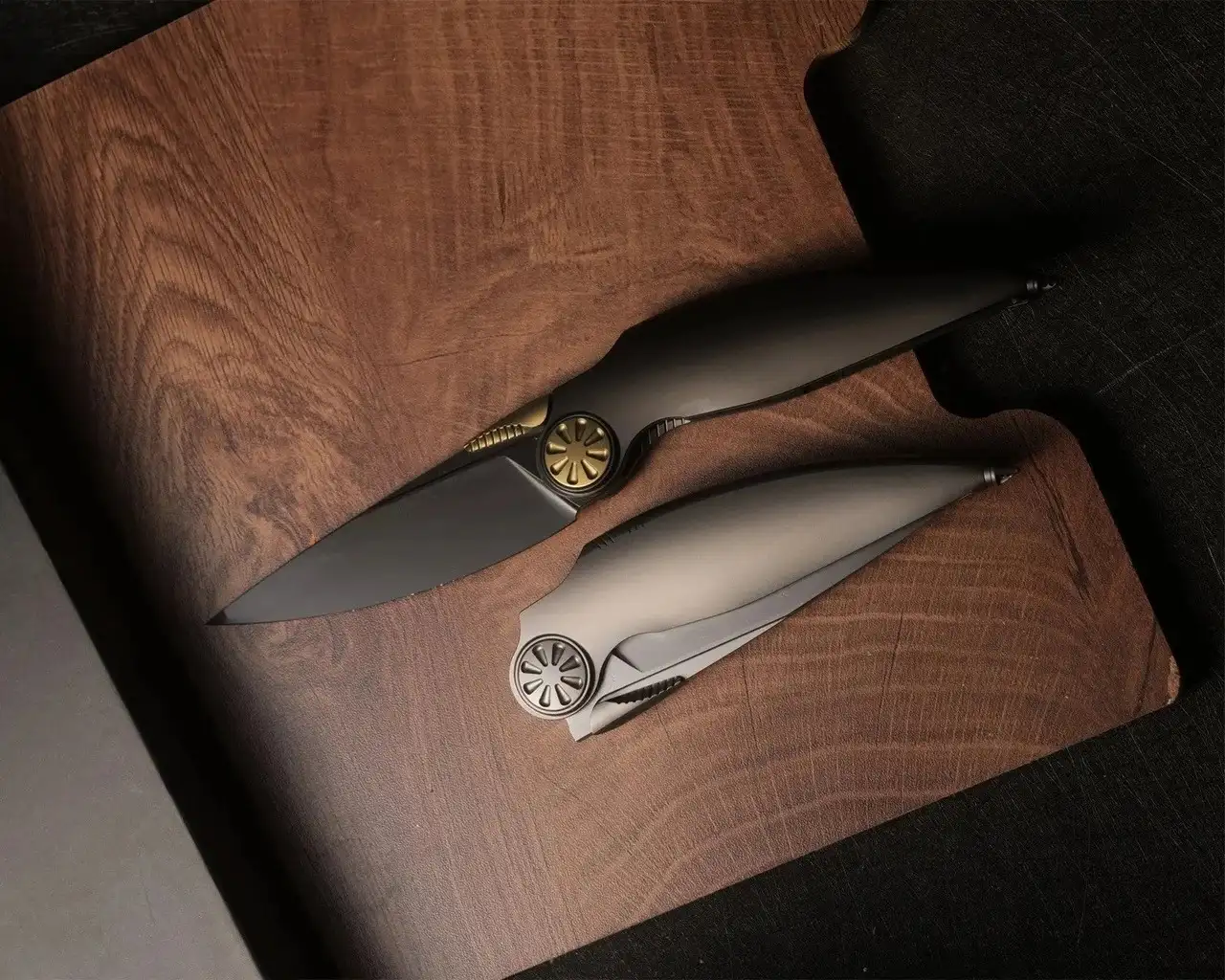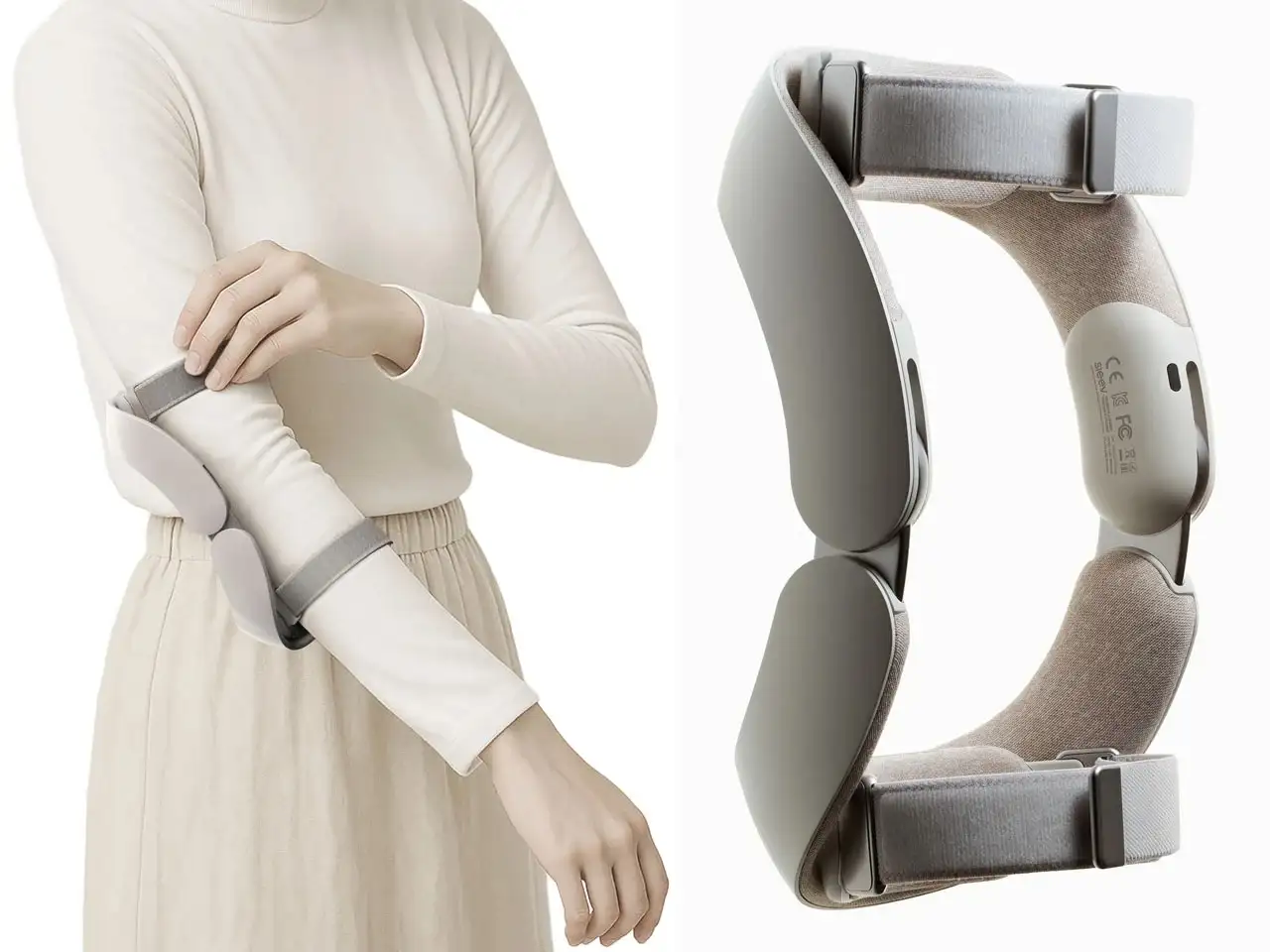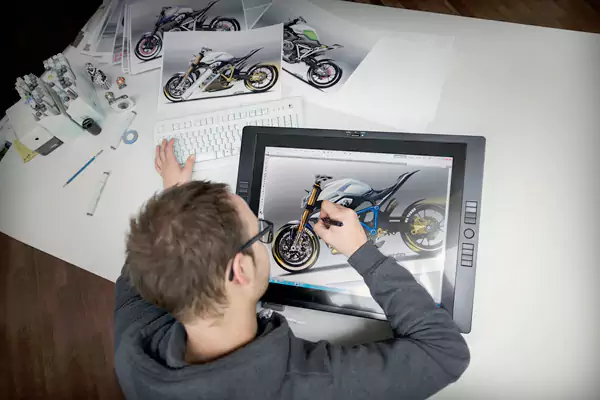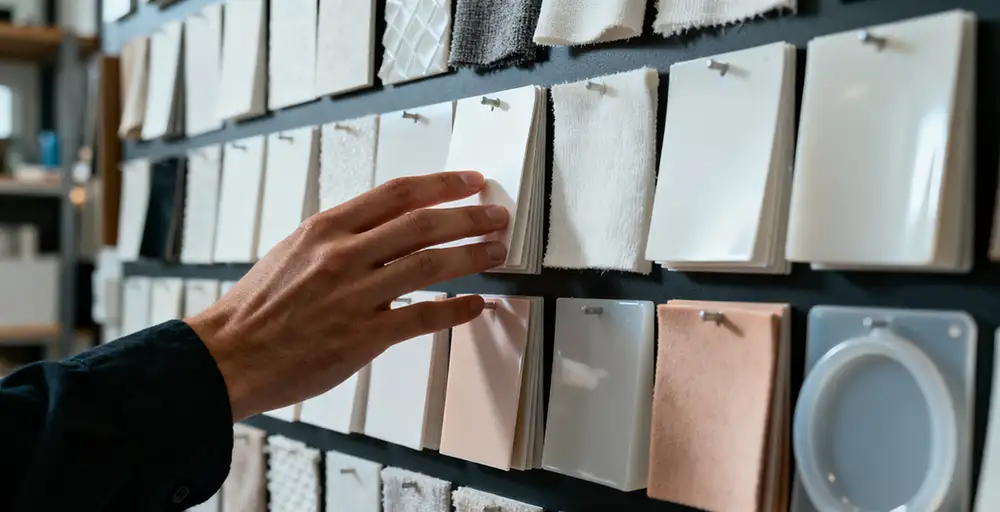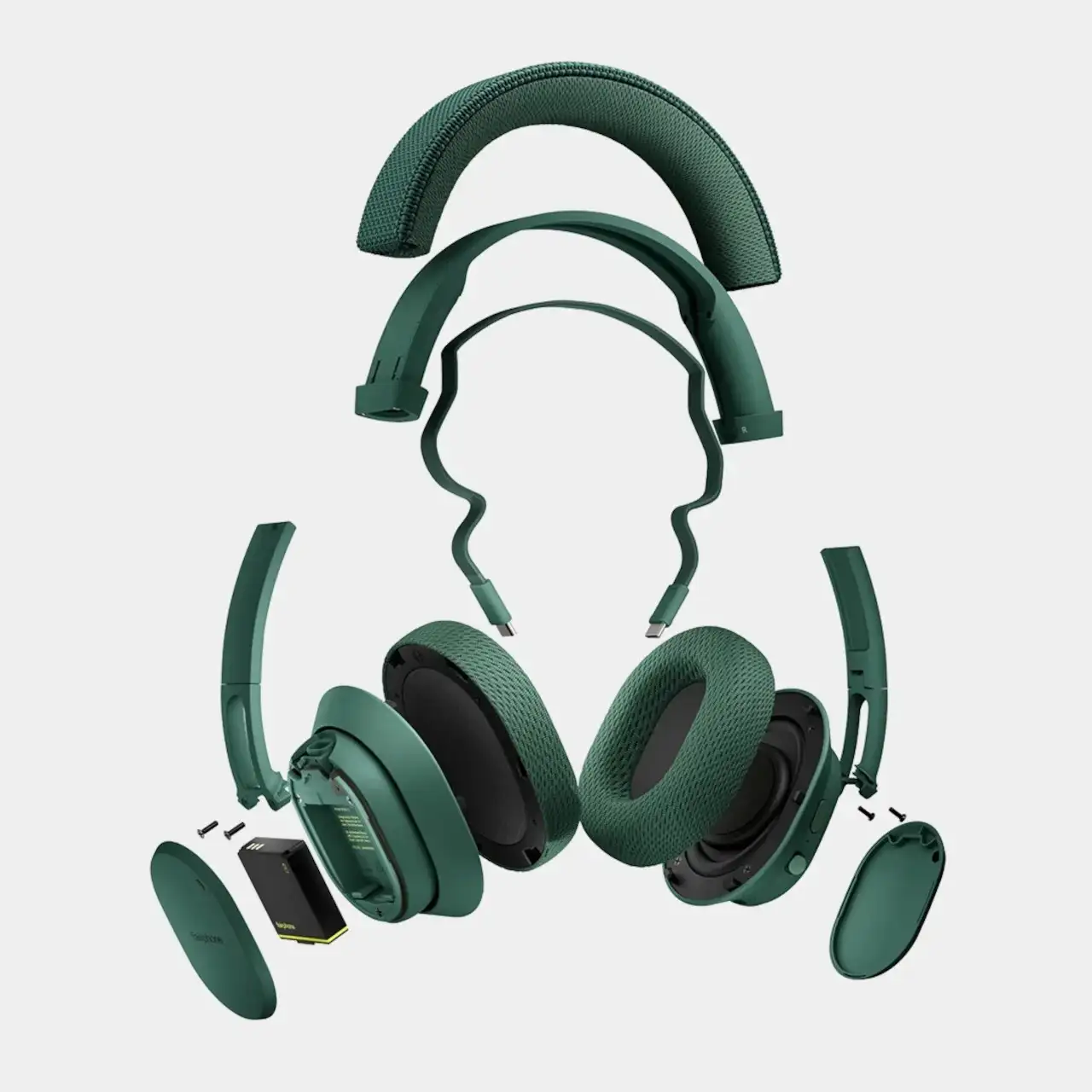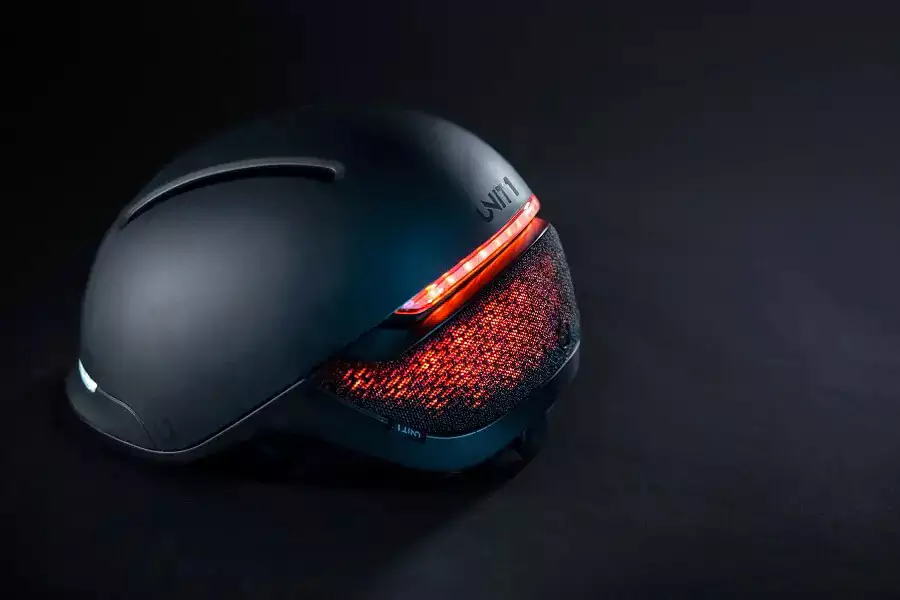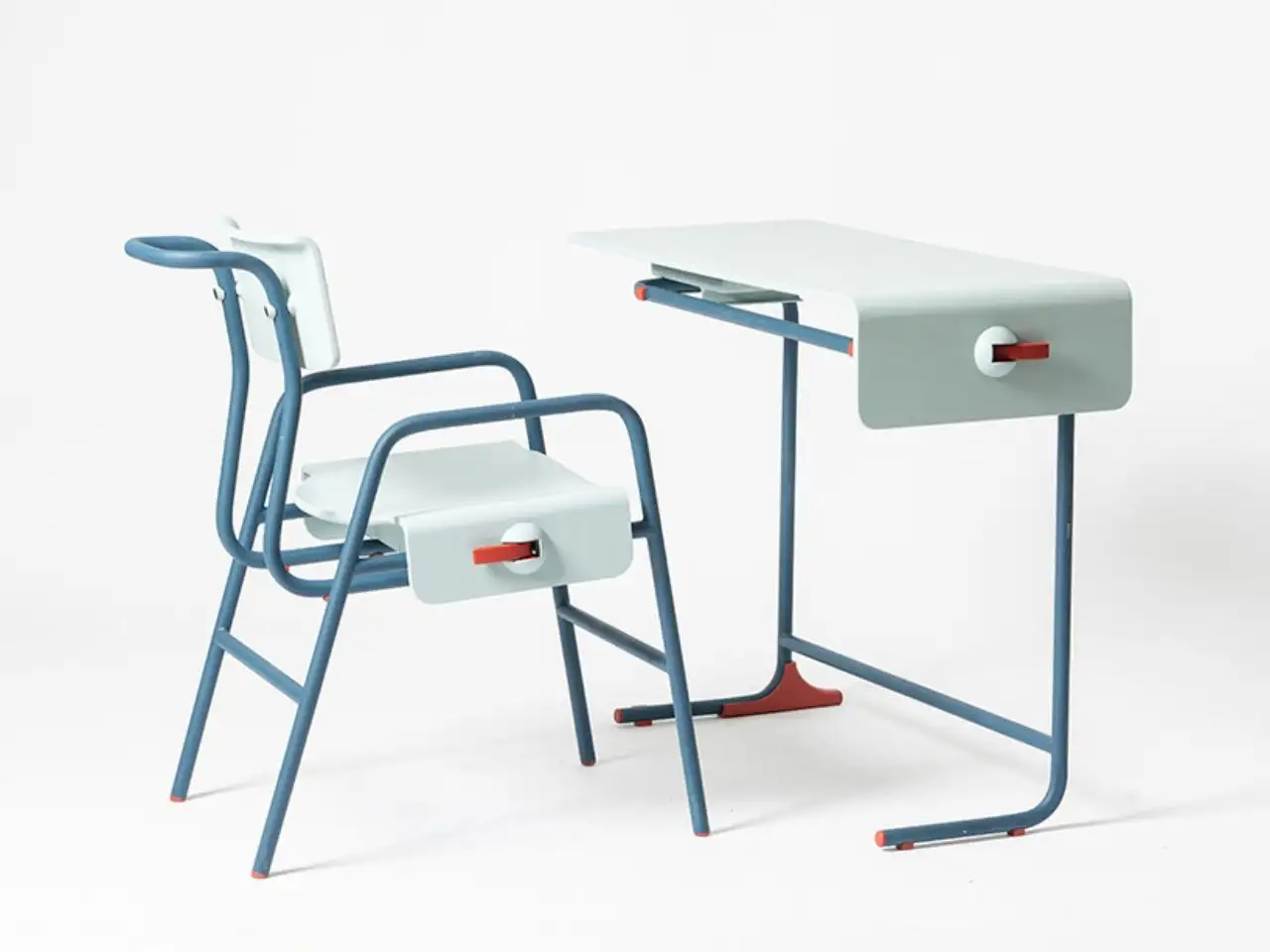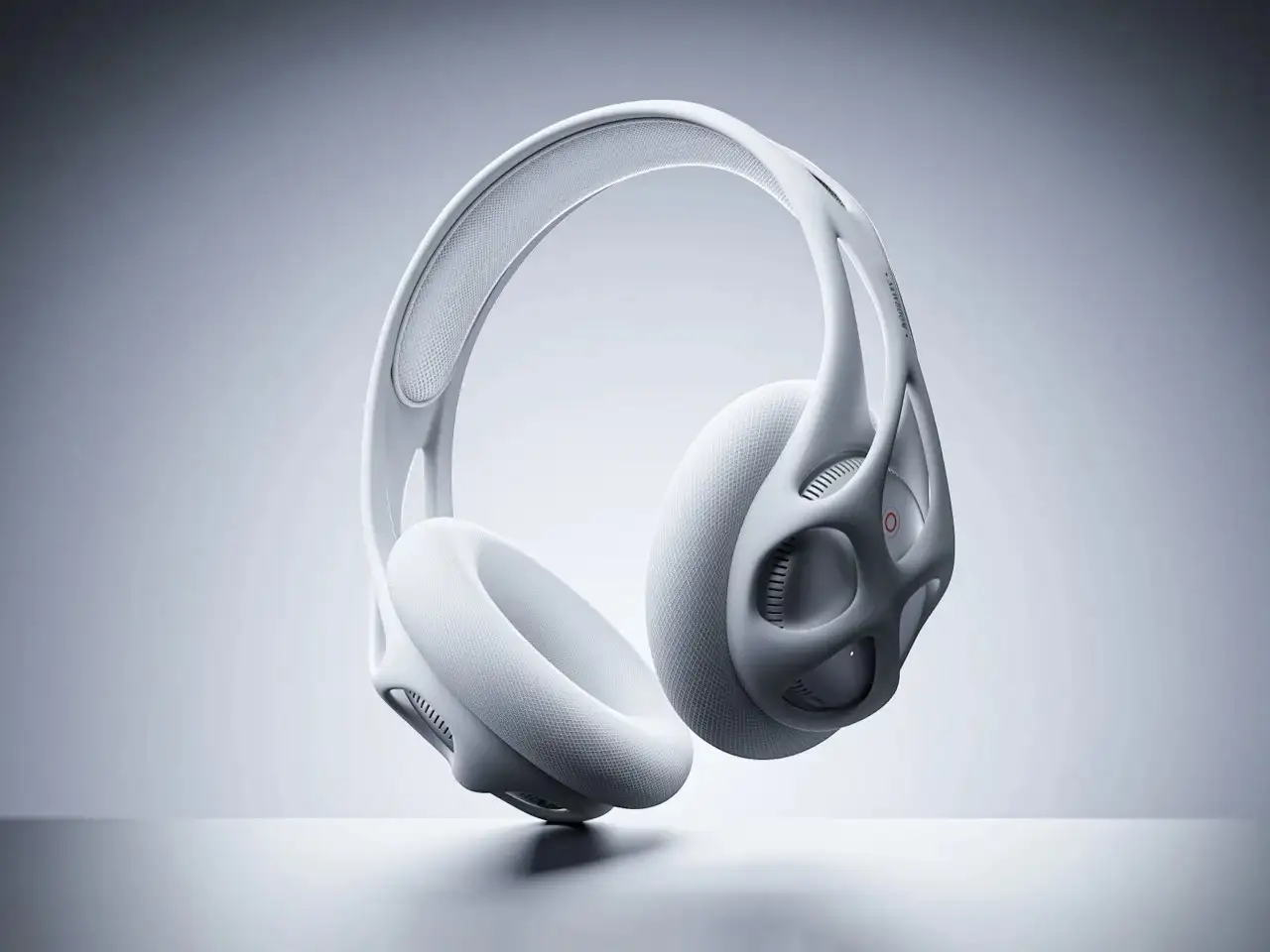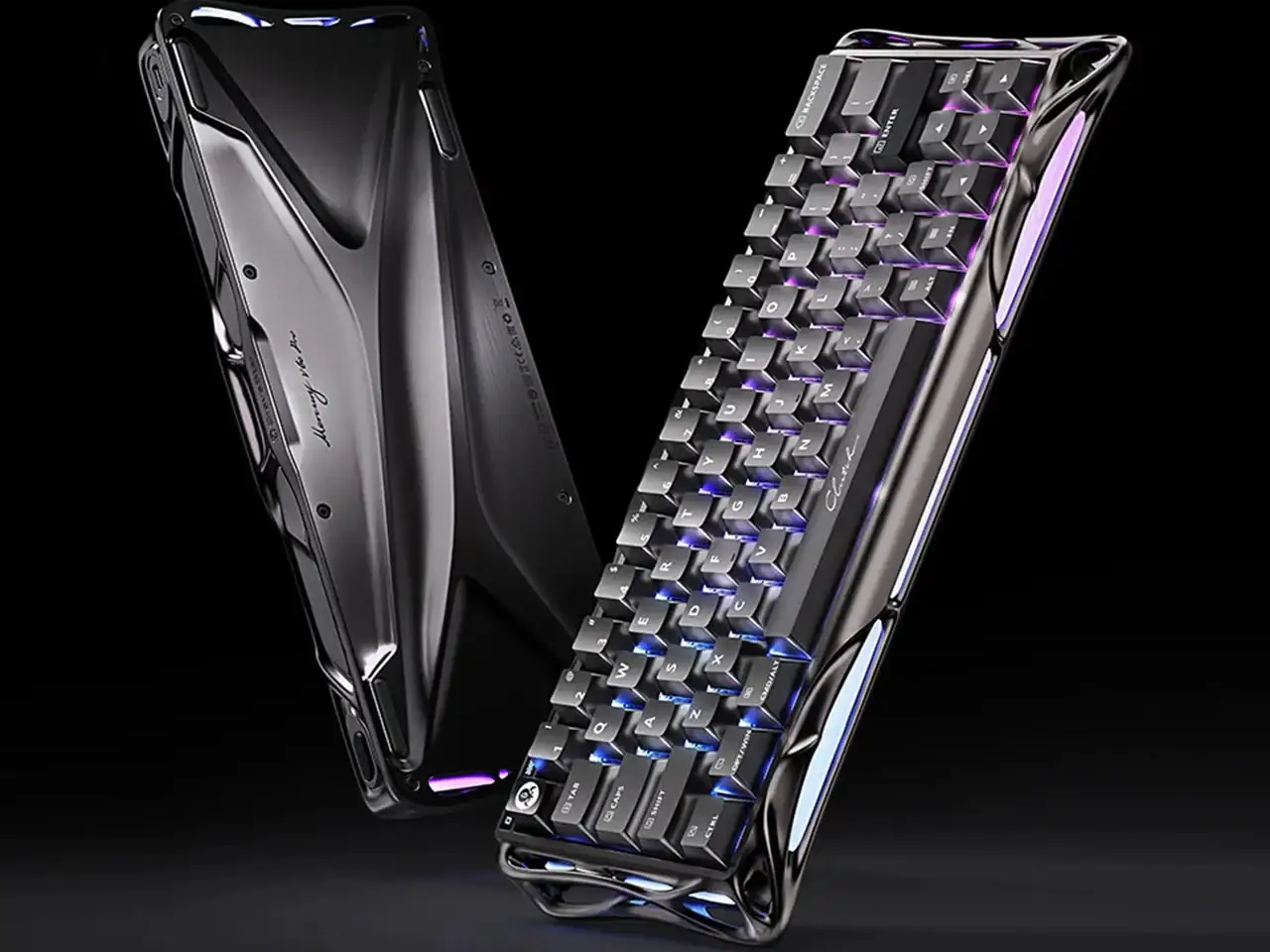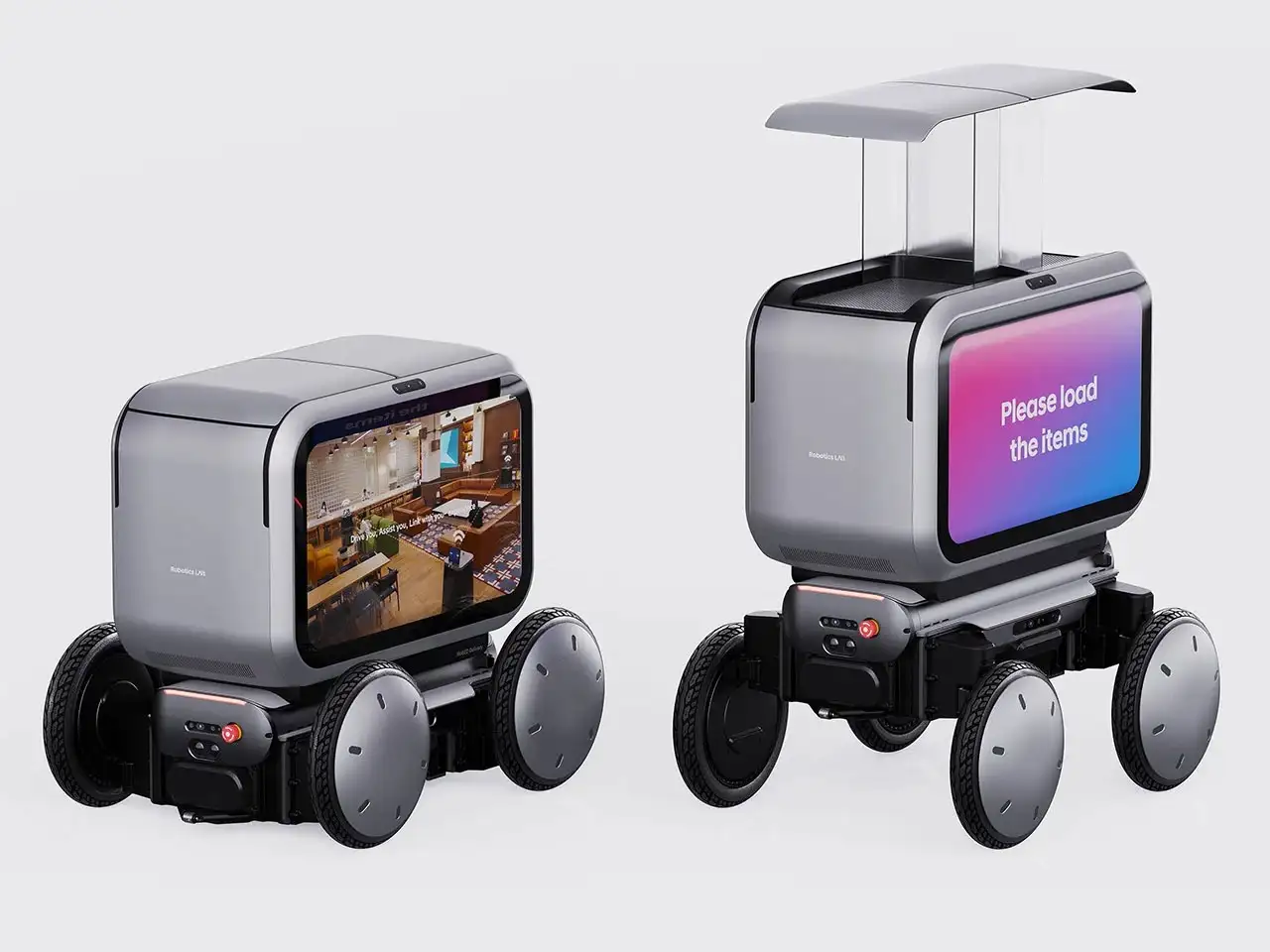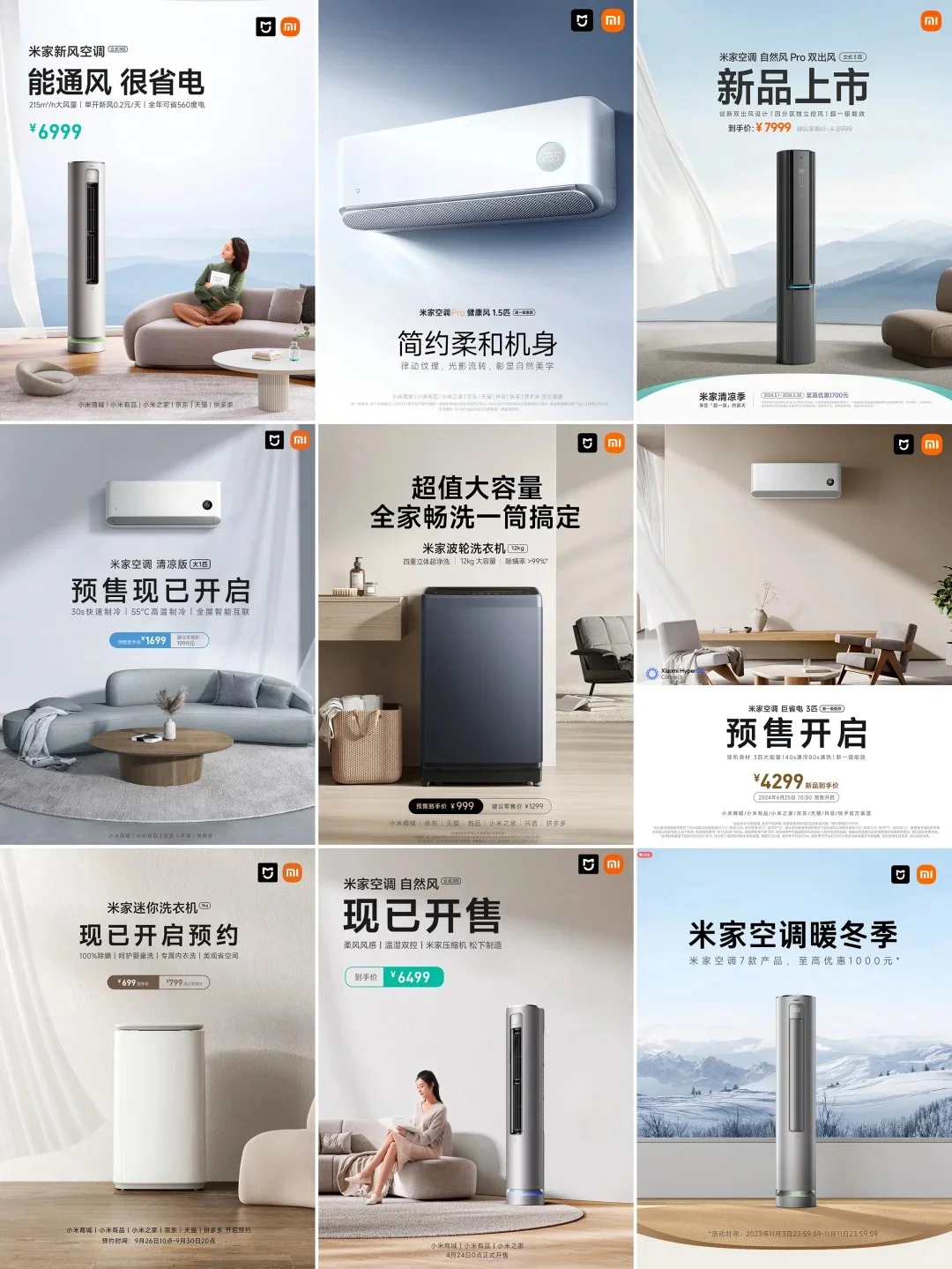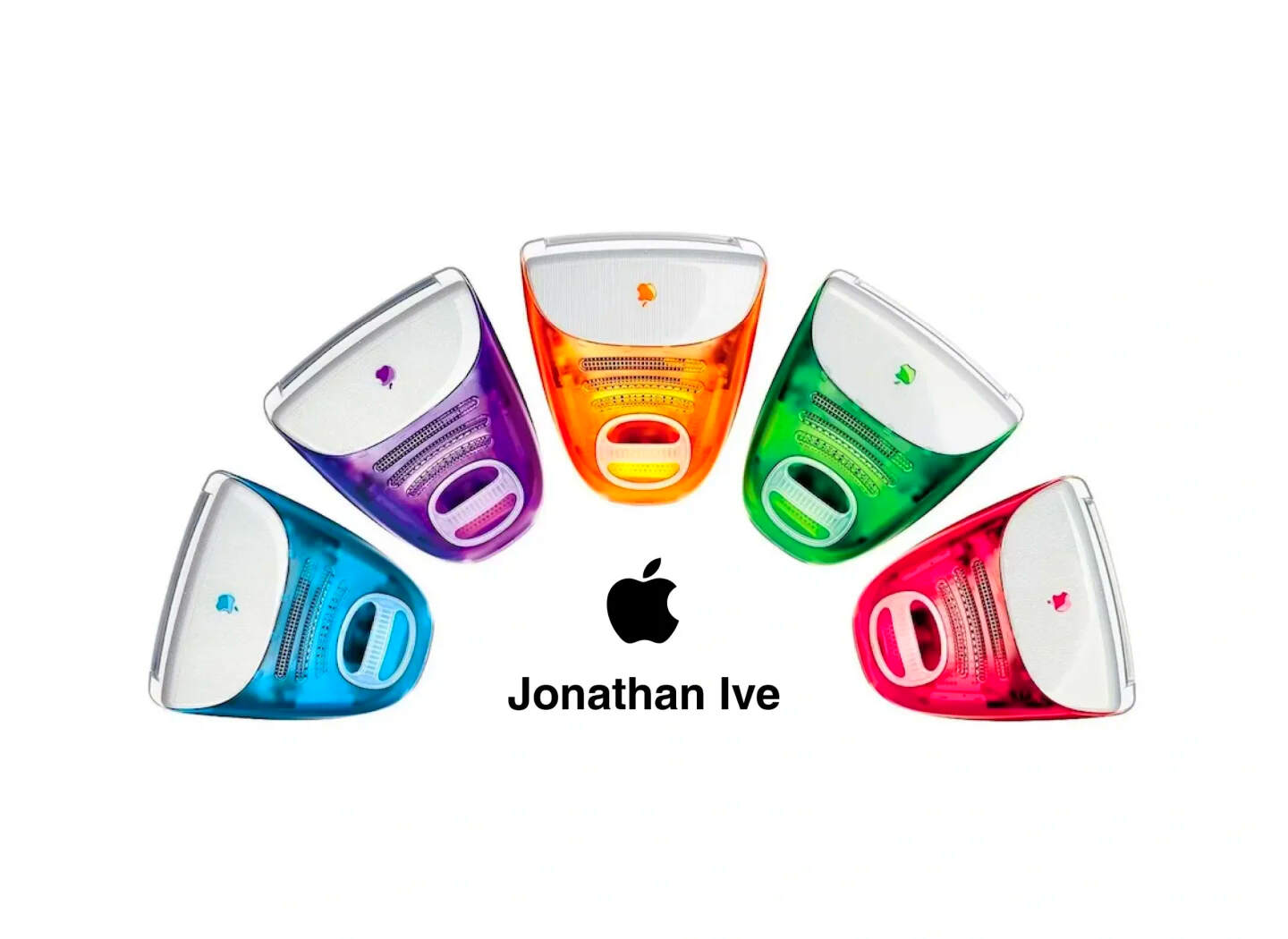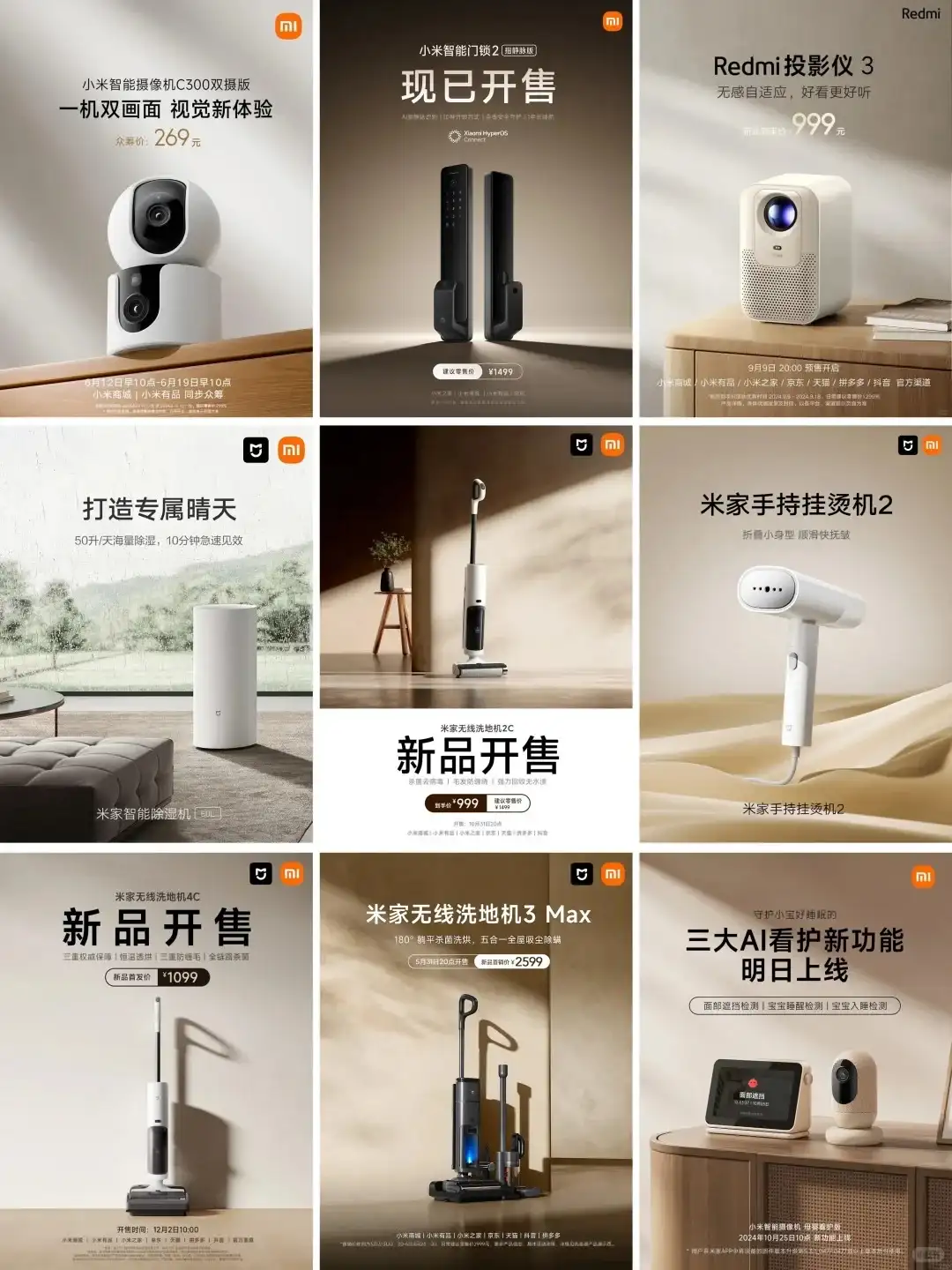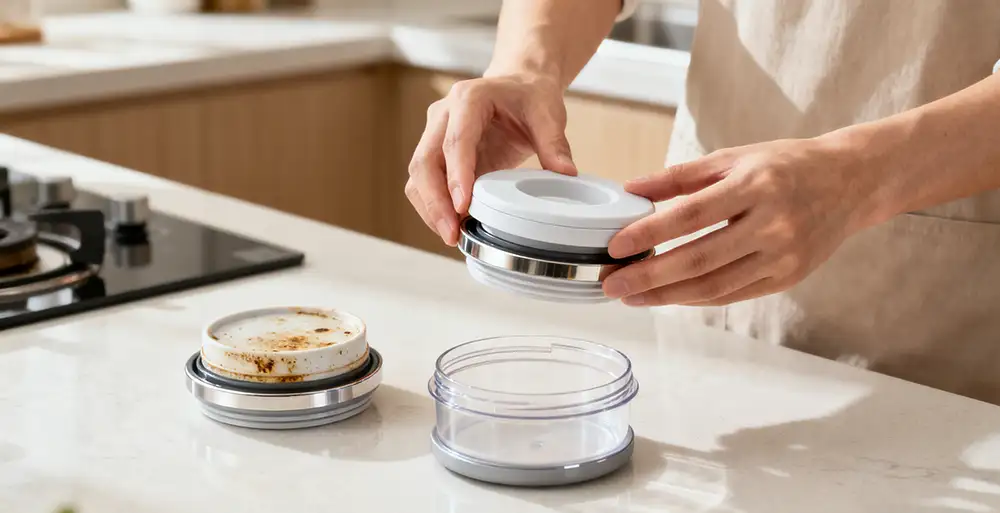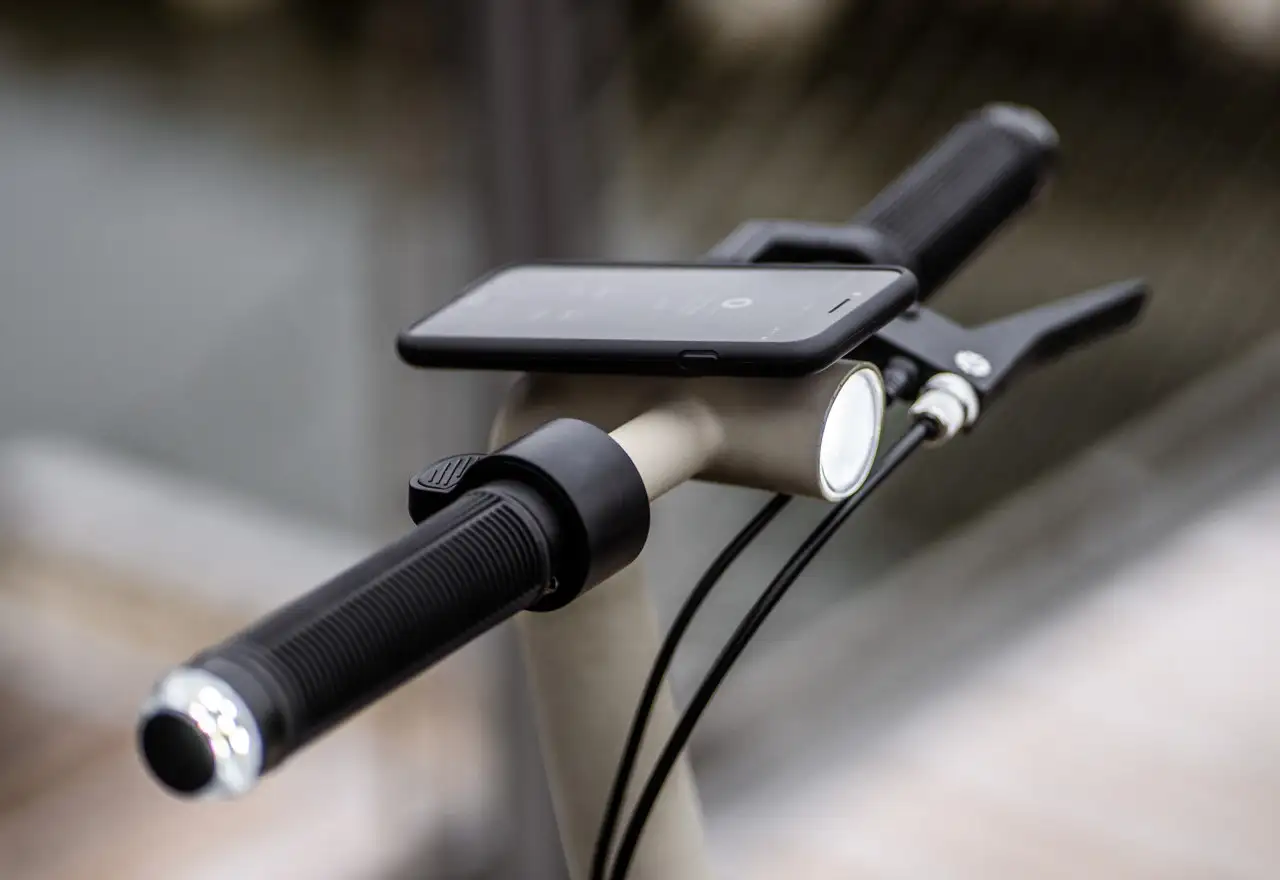NINEIIDEA:在产品设计CMF(C颜色、M材料、F表面处理)中平衡成本与效果,本质是通过科学规划与精准取舍,实现 “有限成本下的体验最大化”。以下从专业角度解析具体策略,兼顾实用性与逻辑性:
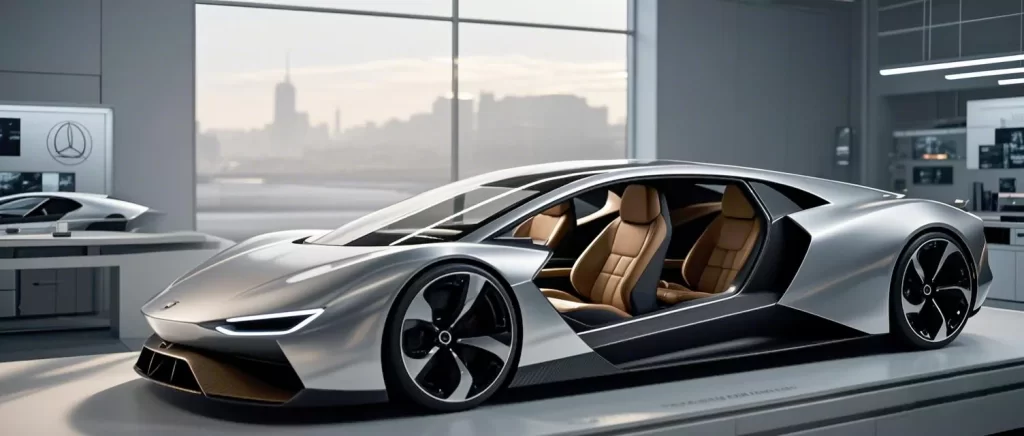
一、基于产品设计定位分层规划 CMF 成本
核心逻辑:根据目标用户对价格的敏感度,差异化分配 CMF 资源。
- 高端产品:聚焦 “核心感知区域” 的极致体验
针对高溢价产品,将成本集中于用户高频接触或视觉焦点区域。例如高端手机的后盖采用微晶玻璃(高透耐磨)搭配纳米镀膜(光影效果),而内部支撑结构使用轻量化铝合金(平衡强度与成本);汽车内饰的座椅接触面采用头层牛皮(触感细腻),非接触区域则用 PU 皮或织物(降低成本)。 - 大众产品:以 “性价比感知” 为导向
优先选择成本可控但视觉效果接近高端材质的方案。如平价家电外壳使用 ABS 塑料喷涂金属漆(成本仅为金属材质的 1/3,却能呈现金属质感);消费电子采用 “基础色 + 限量色” 策略(黑白灰作为主销色,模具与库存成本低,限量色通过特殊工艺提升溢价,分摊开模费用)。
二、材料与工艺的替代性选择:从 “真材实料” 到 “精准适配”
核心逻辑:打破 “材料越贵越好” 的误区,基于用户体验需求匹配性价比方案。
- 功能与感知分离:优先满足核心体验
触感要求高的手持产品(如电动工具手柄)采用亲肤涂层(成本适中但提升握持舒适度),而非全机身使用硅胶;视觉主导的产品(如灯具)通过 PC 材质表面电镀(模拟金属光泽,成本仅为金属电镀的 1/5)实现轻量化与低成本。 - 成熟工艺优先,控制创新风险
避免为追求独特性而采用高难度新工艺(如玻璃微雕、复杂渐变镀膜),除非能确保量产良率(需提前与供应商确认工艺成熟度)。例如手机后盖的 AG 磨砂效果,优先选择行业通用的蚀刻工艺(良率稳定、成本可控),而非定制化纹理(开模成本高、周期长)。
三、表面处理的 “聚焦式设计”:用局部亮点替代全面投入
核心逻辑:通过 “视觉焦点强化” 与 “非关键区域简化” 优化成本结构。
- 关键区域精细化,次要区域标准化
在 3C 产品设计CMF中,将摄像头模组周边作为 重点(如采用高光 CNC 切割 + 钻石倒角,凸显精致感),机身中框则使用阳极氧化统一着色(成本低且工艺成熟);家具设计中,桌面采用实木贴皮(保留自然纹理),桌腿使用密度板喷漆(隐藏式结构,降低材料成本)。 - 减少颜色与材质的 SKU 数量
单一产品的主销颜色控制在 2-3 种(如经典黑白 + 一款流行色),避免多配色导致的模具分摊成本上升(每新增一种颜色,开模与库存成本约增加 5%-10%)。材料选择上,优先使用同一供应商的通用材质(批量采购折扣显著),例如多款产品共用同系列表面处理工艺(如哑光、亮面),降低供应链管理成本。
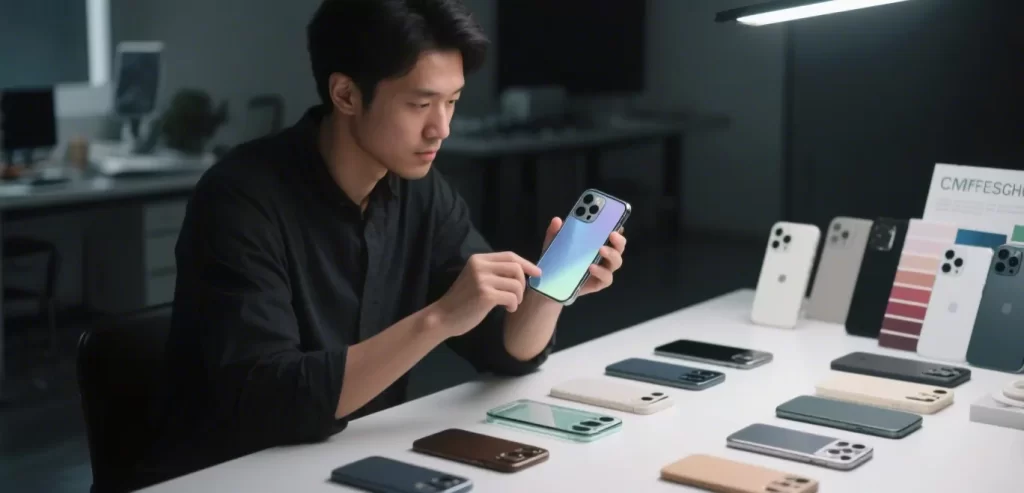
四、量产可行性前置评估:从 “样品效果” 到 “规模成本”
核心逻辑:在设计阶段嵌入供应链成本模型,避免 “样品惊艳、量产亏损”。
- 工艺良率与成本动态测算
对于高成本工艺(如陶瓷机身、玻璃热弯),需提前核算量产良率(例如某曲面玻璃良率若低于 60%,实际成本将比预期高出 30%),并制定替代方案(如改用 2.5D 玻璃 + 边缘渐变镀膜,成本降低 50% 且良率稳定)。 - 标准化与模块化设计
同一产品系列共享基础 CMF 方案(如统一中框材质、通用表面处理工艺),通过局部配色或装饰件差异实现产品线延伸(如耳机充电盒主体使用通用白色 ABS,仅在盖板处采用定制化图案印刷,降低模具与生产复杂度)。
五、用户体验价值与成本的量化匹配
核心逻辑:通过 “用户感知度 – 成本投入” 矩阵筛选高性价比方案。
- 绘制 CMF 要素的用户触点地图
区分 “高频显性触点”(如产品外露表面、握持区域)与 “低频隐性区域”(如底部支撑件、内部结构件)。前者优先投入成本(如采用耐指纹涂层、优质金属拉丝工艺),后者使用基础材料(如普通注塑件、素色喷涂)。 - 建立成本效益评估模型
对每个 产品设计CMF 方案进行量化分析:- 感知价值:通过用户调研确定不同材质 / 颜色对购买决策的影响权重(如某调研显示 “外观质感” 对高端手机购买影响占比 35%);
- 成本增量:对比基础方案与优化方案的成本差异(如某表面处理工艺增加 20 元成本,但可提升 15% 的溢价接受度);
- 投产决策:当 “预期溢价空间” 大于 “成本增量” 时,优先采用该方案。
六、分阶段验证与动态调整:从 “一次性设计” 到 “迭代优化”
核心逻辑:通过小批量试产与市场反馈,迭代优化 CMF 方案。
- 原型阶段:低成本快速测试
使用 3D 打印(ABS 材质)或真空复模(硅胶翻模)制作 CMF 样件,验证颜色匹配度、触感反馈与视觉效果,避免直接开模导致的成本浪费(开模费用通常占 CMF 成本的 30%-50%)。 - 市场阶段:分层投放策略
新品上市初期推出 “标准版”(基础 CMF 配置,控制入门价格),根据市场反馈推出 “升级款”(增加特殊材质或限量配色,提升附加值)。例如智能手表首发款采用铝合金机身(成本低、出货快),后续推出不锈钢或陶瓷版(拉高品牌调性,覆盖不同价格带)。
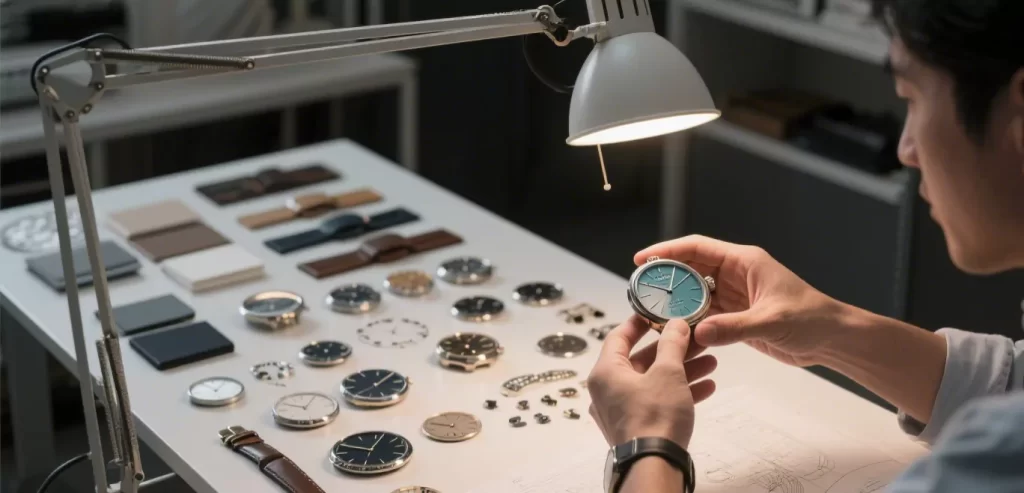
总结:CMF 平衡的本质是 “价值精准传递”
在 产品设计CMF 中,成本控制并非简单的 “做减法”,而是通过对用户体验、产品定位、工艺可行性的深度拆解,实现 “资源向高价值感知点集中”。关键在于:
- 明确用户为什么买单:聚焦目标用户对 “质感、功能、情感” 的核心诉求,避免无效成本投入;
- 看透材料与工艺的 “性价比本质”:用成熟方案解决共性需求,用创新方案打造差异化亮点;
- 算清全链路成本账:从设计到量产的每个环节嵌入成本意识,让 CMF 成为提升产品竞争力的杠杆,而非负担。
通过这种理性与感性的结合,既能实现 “花小钱办大事” 的成本效益,又能确保产品在视觉、触觉、情感层面的体验一致性,最终达成商业价值与用户体验的双赢。
How to balance cost and effectiveness in product design CMF?
NINEIIDEA: Balancing cost and effectiveness in product design CMF (C-color, M-material, F-surface treatment) is essentially achieved through scientific planning and precise selection to maximize experience under limited cost. The following provides a professional analysis of specific strategies, balancing practicality and logic:
1、 Hierarchical planning of CMF cost based on product positioning
Core logic: Differentiated allocation of CMF resources based on target users’ sensitivity to price.
High end products: Focusing on the ultimate experience of the “core perception area”
For high premium products, focus costs on high-frequency user contact or visual focal areas. For example, the back cover of high-end mobile phones uses microcrystalline glass (high transparency and wear resistance) combined with nano coating (light and shadow effects), while the internal support structure uses lightweight aluminum alloy (balancing strength and cost); The seat contact surface of the car interior is made of top layer cowhide (with a delicate touch), while the non-contact area is made of PU leather or fabric (to reduce costs).
Mass products: guided by “cost-effectiveness perception”
Prioritize choosing solutions with controllable costs but visual effects close to high-end materials. For example, using ABS plastic sprayed with metallic paint on the shell of affordable household appliances (which costs only one-third of the metal material, but can present a metallic texture); Consumer electronics adopts a “basic color+limited edition color” strategy (black, white, and gray are the main selling colors, with low mold and inventory costs, and limited edition colors increase premiums through special processes to share mold costs).
2、 Alternative selection of materials and processes: from “genuine materials” to “precise adaptation”
Core logic: Break the misconception that “the more expensive the material, the better” and match cost-effective solutions based on user experience needs.
Separation of Function and Perception: Prioritizing the Core Experience
Handheld products with high tactile requirements, such as power tool handles, use a skin friendly coating (which is cost-effective but improves grip comfort) instead of using silicone throughout the entire body; Visually driven products, such as lighting fixtures, achieve lightweighting and low cost through PC material surface electroplating (simulating metallic luster, with a cost only 1/5 of metal electroplating).
Prioritize mature processes and control innovation risks
Avoid using high difficulty new processes (such as glass micro carving and complex gradient coating) in pursuit of uniqueness, unless the mass production yield can be ensured (the maturity of the process needs to be confirmed with the supplier in advance). For example, for the AG matte effect on the back cover of a mobile phone, it is preferable to choose industry standard etching processes (with stable yield and controllable cost) rather than customized textures (with high mold costs and long lead times).
3、 Focused design of surface treatment: replacing comprehensive investment with local highlights
Core logic: Optimize cost structure through “visual focus enhancement” and “simplification of non critical areas”.
Refine key areas and standardize secondary areas
In 3C products, the camera module periphery is taken as the focus of CMF (such as using high gloss CNC cutting and diamond chamfering to highlight delicacy), and the body frame is uniformly colored with anodizing (low cost and mature technology); In furniture design, the tabletop is made of solid wood veneer (retaining natural texture), and the table legs are painted with density board (hidden structure, reducing material costs).
Reduce the number of SKUs for color and material
The main selling colors of a single product should be limited to 2-3 (such as classic black and white+one popular color) to avoid the increase in mold cost caused by multiple color combinations (each new color increases mold and inventory costs by about 5% -10%). In terms of material selection, priority should be given to using common materials from the same supplier (with significant discounts for bulk purchases), such as multiple products sharing the same series of surface treatment processes (such as matte, glossy), to reduce supply chain management costs.
4、 Pre feasibility evaluation of mass production: from “sample effect” to “scale cost”
Core logic: Embed a supply chain cost model during the design phase to avoid “stunning samples and production losses”.
Dynamic calculation of process yield and cost
For high cost processes such as ceramic body and glass hot bending, it is necessary to calculate the mass production yield in advance (for example, if the yield of a curved glass is less than 60%, the actual cost will be 30% higher than expected), and develop alternative solutions (such as using 2.5D glass+edge gradient coating, reducing costs by 50% and stabilizing yield).
Standardization and modular design
The same product series shares a basic CMF solution (such as unified frame material, universal surface treatment process), and extends the product line through local color matching or differences in decorative parts (such as using universal white ABS for the earphone charging case body, and using customized pattern printing only on the cover plate to reduce mold and production complexity).
5、 Quantitative matching of user experience value and cost
Core logic: Filter high cost-effective solutions through the “user perception cost input” matrix.
Draw a user touchpoint map for CMF features
Distinguish between “high-frequency explicit contact points” (such as exposed surfaces and grip areas of products) and “low-frequency implicit areas” (such as bottom supports and internal structural components). The former prioritizes cost investment (such as using fingerprint resistant coatings and high-quality metal wire drawing processes), while the latter uses basic materials (such as ordinary injection molded parts and solid color spraying).
Establish a cost-benefit evaluation model
Quantitative analysis of each CMF scheme:
Perceived value: Determine the weight of the impact of different materials/colors on purchasing decisions through user research (for example, a survey showed that “appearance and texture” accounted for 35% of the impact on high-end mobile phone purchases);
Cost increment: Compare the cost difference between the basic plan and the optimized plan (such as adding 20 yuan to the cost of a certain surface treatment process, but increasing the acceptance of a premium by 15%);
Production decision: When the “expected premium space” is greater than the “cost increment”, this plan should be prioritized.
6、 Phased verification and dynamic adjustment: from “one-time design” to “iterative optimization”
Core logic: Through small-scale trial production and market feedback, iteratively optimize the CMF solution.
Prototype stage: low-cost and rapid testing
Use 3D printing (ABS material) or vacuum replication (silicone flipping) to produce CMF samples, verify color matching, tactile feedback, and visual effects, and avoid cost waste caused by direct mold opening (mold opening costs usually account for 30% -50% of CMF costs).
Market stage: Layered advertising strategy
In the initial stage of the new product launch, a “standard version” (with basic CMF configuration and controlled entry-level price) will be launched, and an “upgraded version” (with added special materials or limited color options to enhance added value) will be launched based on market feedback. For example, the first release of a smartwatch features an aluminum alloy body (low cost, fast shipping), followed by stainless steel or ceramic versions (elevating brand tone and covering different price ranges).
Summary: The essence of CMF balance is “precise value transmission”
In CMF design, cost control is not simply a matter of “subtraction”, but rather a deep breakdown of user experience, product positioning, and process feasibility to achieve “resource concentration towards high-value perception points”. The key is:
Clarify why users pay: Focus on the core demands of target users for “quality, functionality, and emotion” to avoid ineffective cost investment;
Understand the “cost-effectiveness essence” of materials and processes: solve common needs with mature solutions, and create differentiated highlights with innovative solutions;
Calculate the full chain cost account: embed cost awareness in every link from design to mass production, making CMF a lever to enhance product competitiveness rather than a burden.
Through this combination of rationality and sensibility, it is possible to achieve cost-effectiveness of “doing big things with small money” while ensuring consistency in the visual, tactile, and emotional aspects of the product experience, ultimately achieving a win-win situation between commercial value and user experience.










